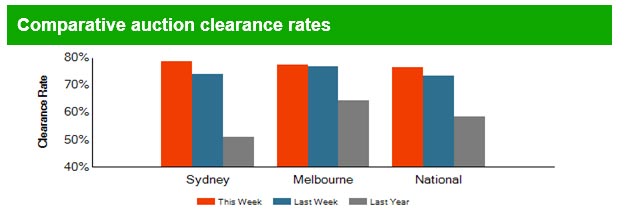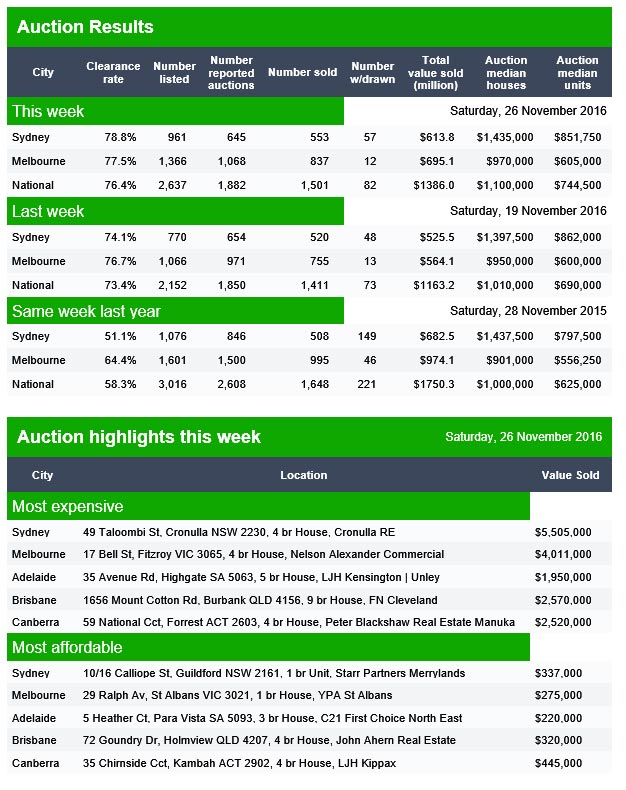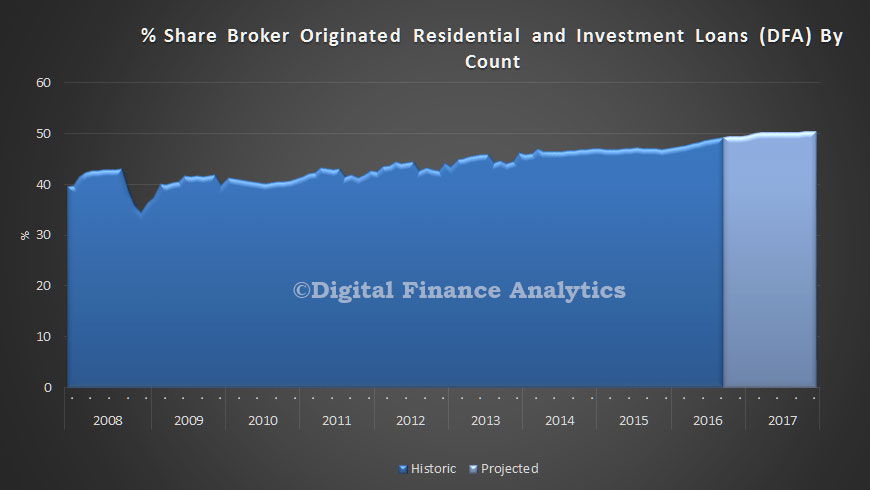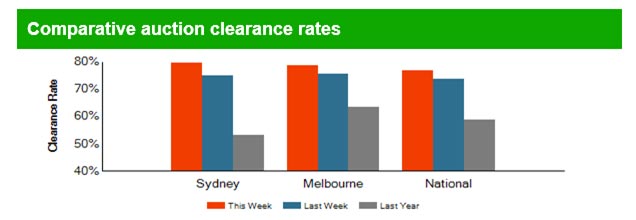Donald Trump’s presidency won’t hurt the rising tide of Chinese investment into the United States – in fact, the level of cash may actually increase, according to Knight Frank.

Trump’s shock election last week rattled markets around the world and analysts continue to disagree on what the Republican candidate’s victory means or how it will affect the US property market, the No 1 destination for Chinese capital. “The short answer is I am not worried about Trump’s impact on Chinese flows into America,” Knight Frank’s global capital markets head Peter MacColl told the Post during a visit to Hong Kong last week.
“Whilst he’s come out with a lot of rhetoric, what might be considered to be barmy ideas that might have an impact on the geopolitical scene globally, the American system of checks and balances through Congress, through all the advisory parties that any change has to go through, means any really radical things won’t happen overnight,” he said.
“I don’t think there will be a big downturn in the property market because of Trump, and if anything, there could be a bit of an upturn because of his policies towards business generation and self responsibility.”
In the short term, MacColl expects there to be a bit of “waiting in the wings and seeing what’s going to happen”.
“A bit of caution, a bit of a slowdown just in terms of making decisions – which is understandable – until maybe the new year when things start to pan out a bit.”
But MacColl said he didn’t see a lot of risk to mainland Chinese investors in the US from Trump’s presidency and expected the US to remain the favoured destination for Chinese capital.
There wasn’t just a pull factor, there was also a push factor, with Chinese investors keen to take their money out of the country as the yuan continued to be devalued, he said.
The total volume of Chinese outbound real estate investment between January and October is slightly down on the same period last year, according to Knight Frank research.
But not everyone was so positive. Jefferies equity analyst Mike Prew said the combination of a possible post-election Federal Reserve rate rise in December and rising bond yields compared with property yields could have an effect on the returns in the US’s $27 trillion residential market.
“Things could get messy for real estate,” he said.
He tipped Canadian residential markets of Toronto, Montreal and Vancouver to be the big property winners following the US election.
Simon Smith, head of research and consultancy for Savills, agreed that investors would stay cautious for the rest of this year and capital volumes might be more muted.
“The uncertainty continues to drive people to the United Kingdom,” he said, noting that Brexit had also worked out positively for the British property market thanks to the falling pound – something which hadn’t happened to the US dollar. “It looks like the UK remains a net beneficiary of what’s been happening.”
Trump’s indication that he would invest in infrastructure was judged as positive by investors, but question marks remain over the wider policy direction of his presidency.
“I don’t think the clouds have parted quite yet on Trump and what election promises he may or may not choose to enact. We’re still asking ourselves: is this soft Trump or hard Trump?”
New York real estate company CityRealty’s director of research Gabby Warshawer said it was difficult to predict the long-term implications of Trump’s presidency on New York property,
which was the top destination for Chinese capital investment in the first six months of this year.
“If the stock market were to be extremely unsettled for a long period of time, that would have a clear effect on real estate — for example, following the financial crisis in late 2008, it took more than three years for New York real estate prices and sales volume to bounce back,” she said in an emailed response to questions from the Post.
“That being said, analysts have not been predicting a protracted doomsday scenario for the markets following this election.”
She said it was unlikely there would be significant change in Chinese investment following the election as the buying spree had a lot to do with property market conditions in China.
“If there is significant turmoil and the United States is no longer considered as safe for real estate investments as it has been in recent years, then that would impact all international buyers,” Warshawer said.“The New York City real estate market is stable and exceptional enough that it is still generally seen as a safe long and medium-term investment by most buyers, regardless of campaign rhetoric.”










